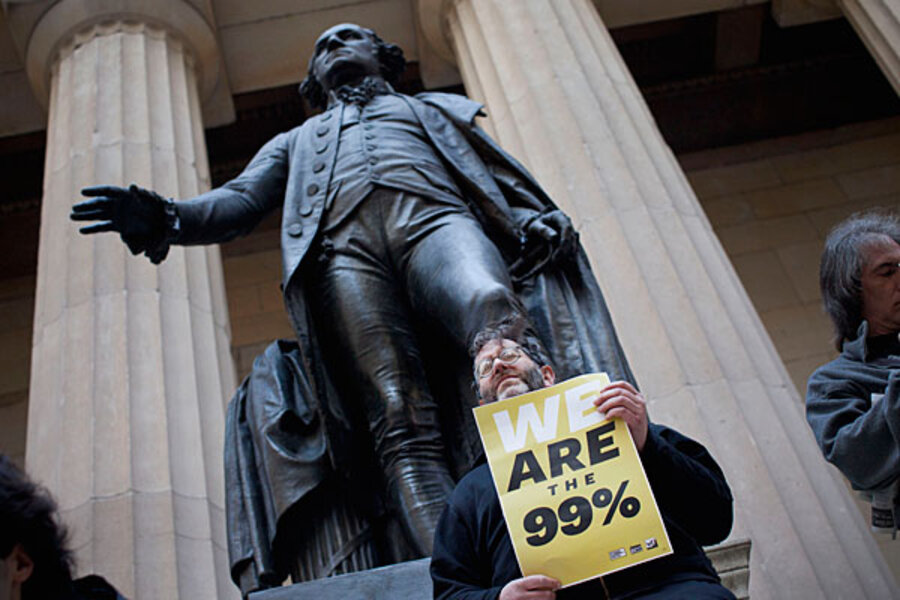Economists have documented a widening rich-poor income gap in recent decades, but many of them say tax policy isn't the biggest cause of the trend.
Other central factors may include an increasingly high-tech economy, which puts a premium on skills and education, and the declining clout of labor unions, which has tilted power from labor toward owners of capital.
Another factor is that globalization has exposed millions of middle-wage workers to new competition from overseas, while opening up opportunities for entrepreneurs to profit from global ventures.
Still, Obama and his tax-plan supporters say such points don't make the Buffett rule a bad idea. The plan is just asking society's most fortunate and prosperous to pay a little more, they say, at a time when budget deficits are high and other Americans are being asked to bear the brunt of new federal spending cuts.





